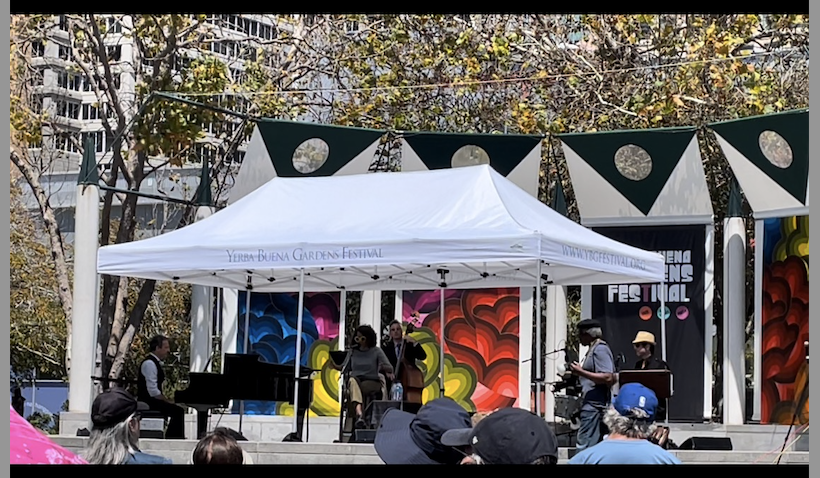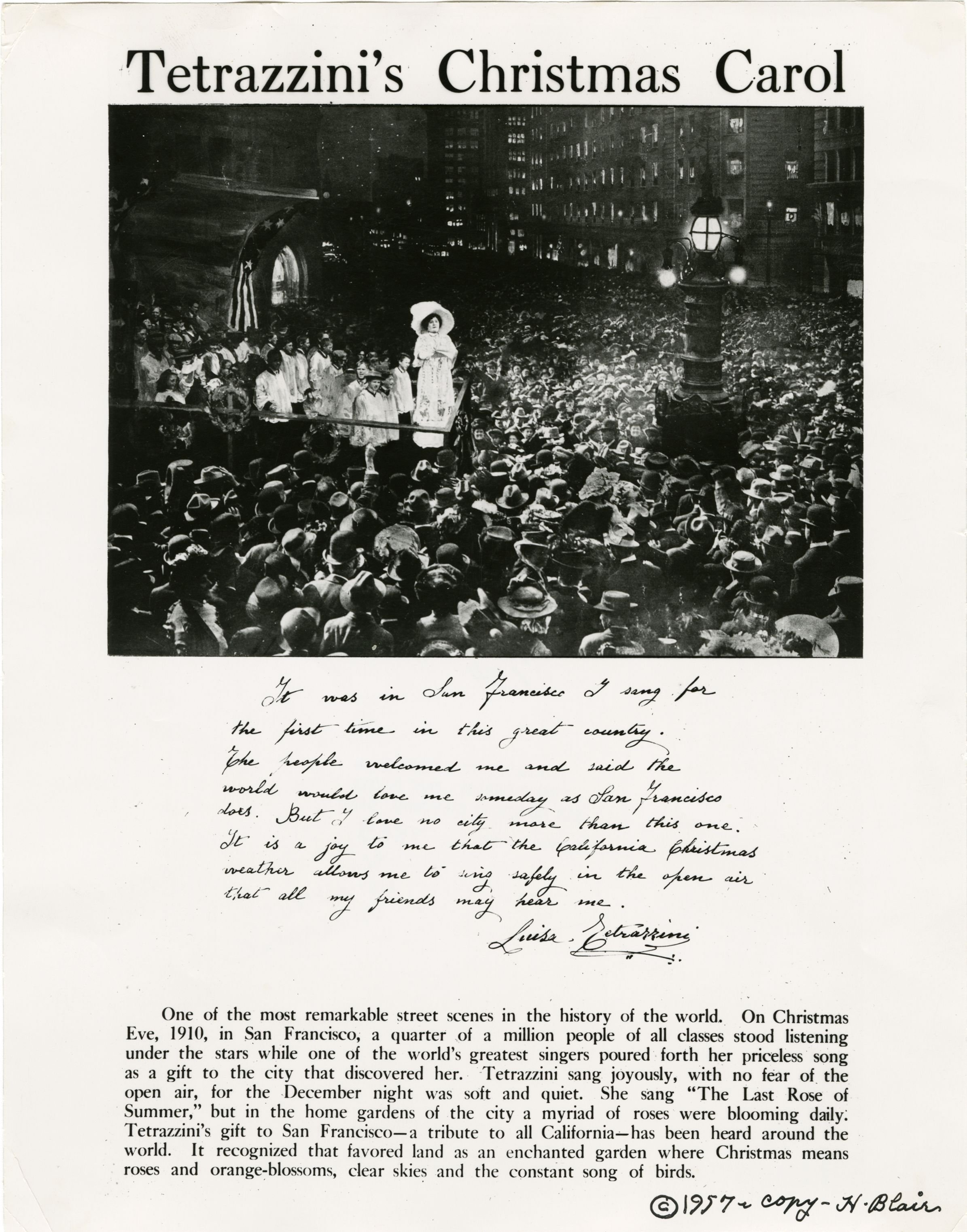1950s-1980s
As I mentioned in the December 26th post, a few months ago my relatively new-found cousin showed me many documents and photos about Hilda. Included in these materials was a eulogy her mother Joan Zentner had written for Hilda’s memorial. From that, we have a picture of how Hilda spent the rest of her life.
Joan wrote that after Nathan’s and her father’s death, “there was a desperate loneliness, and a wanderlust took hold. Her first stop, Norway, was to visit her dear friend Asbjörn Finess. This friendship grew and became everlasting….. After Norway she wandered around Europe from Italy she decided to visit a friend in Israel where she met her second husband, George Haimovici. It was a very quick courtship with a dip in the mikvah and they were married and took off for Rio de Janeiro where George felt he could make a new life and fortune. All of her friends and family shared her letters and worried.”
Hilda certainly doesn’t look happy in this immigration card photo that I found on Ancestry.com:
Apparently one impetus for leaving San Francisco was to get away from Aunt Tillie’s influence. This confirms my mother’s and uncle’s desire to leave the family influence as quickly as possible: Eva going to nursing school and Harry joining the army.
From the eulogy: “For a while Hilda fantasized that George was more than he really was, and busied herself with writing, …practiced the piano and made new friends. Her marriage ended in divorce about five years later.”
By 1958, she returned to San Francisco. Her friend Asbjörn Finess had moved from Norway with his wife, and for a time she lived with them. Like Nathan, Asbjörn played viola in the San Francisco Symphony. In that setting, she rejoined the musical world, became more social, and took delight in life again.
San Francisco Examiner, December 25, 1958, p28
Hilda and Asbjörn in undated photo
After her divorce and after Tillie died in 1962, Hilda permanently returned to San Francisco. Having inherited money from her aunt, she was able to live comfortably with whichever dog was in her life at the time. In the 1970s, while between dogs, she took a few long trips to Europe, visiting friends and having a marvelous time.
By the late 1970s, her physical health had deteriorated badly and she was quite infirm. She spent her last years at the Jewish Home for the Aged (her time there may have coincided with that of my grandmother’s). Hilda wrote in a letter to a friend: “I wish I was as matter of fact about my physical condition as you seem to think I am. I’m not really. I’m in a fury about it, but I don’t talk about it because it would be bad manners. I’m especially upset when I cause my friends so much trouble. They do everything but draw up architectural plans before seating me in a room with a lot of other people. I’m invited to a wedding next month, and I’m told they already found the right place and the right chair for me to sit on during the reception.”
She died peacefully and painlessly in 1984 at the age of 80. Postscript tomorrow.





































